"Our aim is to give our patients a new life and sustainably improve it. Our face expresses our individuality, personality and emotions."
Dr. med. Dr. med. dent. Wolfgang Kater | Clinic Founder & Director. As a specialist practice for dysgnathia surgery with a clinical connection, we are a highly specialized team operating on approximately 500 dysgnathia patients a year.
Our consistent long-term results are due to our minimally invasive surgical techniques, as well as our routine and the many years of experience of our team.


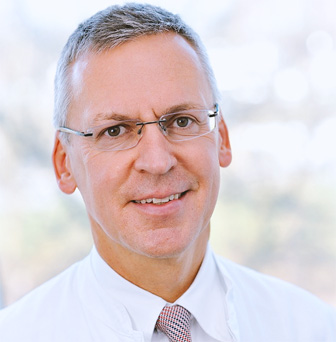 Dr. med. Dr. med. dent. Wolfgang Kater
Dr. med. Dr. med. dent. Wolfgang Kater



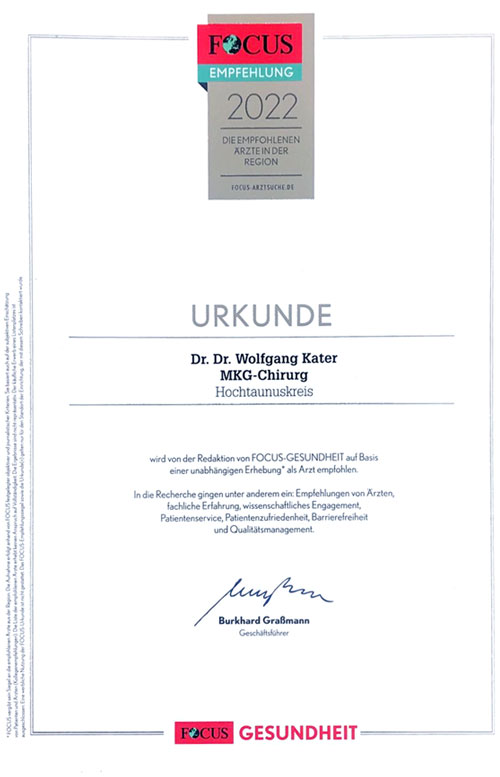
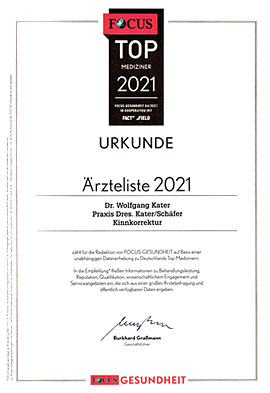


 Dr. med. dent.
Dr. med. dent. 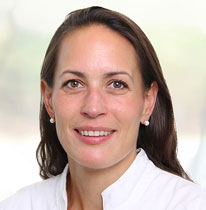 Dr. med. Judith Kater
Dr. med. Judith Kater
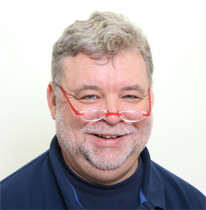 Dr. rer. med. Wolfgang Stelzenmüller, M. Sc.
Dr. rer. med. Wolfgang Stelzenmüller, M. Sc.
 Dr. med. Rolf Davids
Dr. med. Rolf Davids